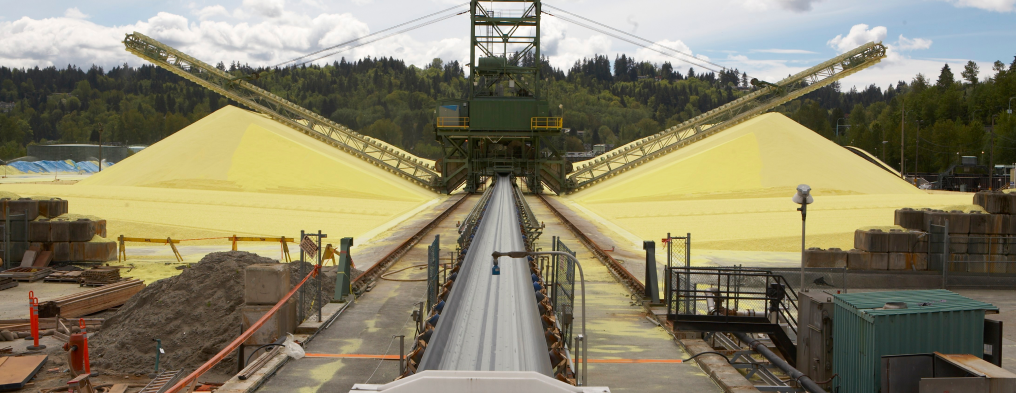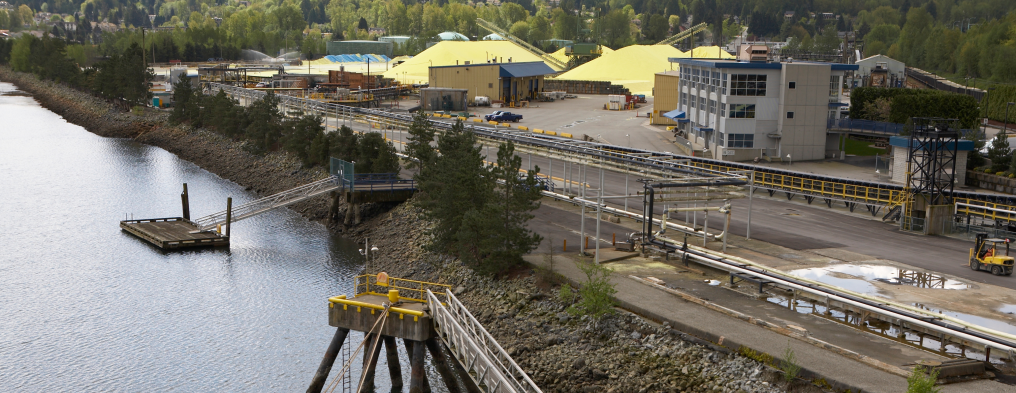Bulk. Logistics. Simplified. Connecting essential bulk commodities to the world.
Leading the Way in Global Logistics for Essential Commodities, Your Partner for a Sustainable Future.
We not only meet but surpass customer expectations. As an Enterprise we use our skill and knowledge to focus on optimizing the customer experience and provide additional value-added service for our internal and external stakeholders that set us apart from competitors.
Business integrity is the act of conducting business practices by following a moral and ethical framework. We are required to act with honesty and consistency, and to hold ourselves accountable for our actions even when no one is watching. Integrity is vital to fostering a healthy work environment and a positive work culture.
Our aim is to constantly progress and continually reach higher levels of achievement. By setting clear goals, creating plans of action, adhering to timelines, and continually striving for improvement, we will drive the Enterprise forward.
Benefit from our proven ability to connect your products to global markets efficiently and seamlessly.

Our subsidiary, Pacific Coast Terminals (PCT), is one of the world’s largest automated dry bulk and liquid export terminals, based in Port Moody, British Columbia. PCT provides state-of-the-art storage, handling, and transloading services for products like sulphur, potash, ethylene glycol, and canola oil.
In tandem, Sultran’s Rail & Logistics segment ensures the seamless movement of sulphur from nine inland facilities in Alberta and British Columbia to PCT and PKM Canada Marine Terminal Ltd. at the Port of Vancouver. With a fleet of over 1,400 railcars, we manage 65% of Canada’s sulphur production, ensuring efficient and reliable transportation.
We also offer 3PL services for various bulk commodities, providing customized logistics solutions for industries ranging from agriculture to chemicals, supporting both large-scale enterprises and niche shippers.
At Sultran, our advanced deep-sea rail and shipping terminal handles both dry and liquid bulk commodities with precision, meeting the demands of even the most complex projects. This integration of marine and rail logistics, coupled with our 3PL capabilities enables us to offer end-to-end supply chain solutions, from product transport and storage to inventory management and marine loading.
By leveraging decades of sulphur logistics expertise, Sultran optimizes these processes for efficiency, extending our services across various bulk commodities.
Our reliable logistics solutions are grounded in the expertise of our team. Though we are a relatively small organization, our staff operates as a unified team that is cross trained to provide 24/7 service. A Sultran team member is always available to address any issues for our customers, stakeholders, and communities.
Our reliable logistics solutions are driven by the expertise of our team, which excels in logistics management, consulting, and terminal operations. Despite being a small organization, our cross-trained staff provides 24/7 service to address any issues promptly and ensure exceptional service.
Our in-house IT expertise allows us to maintain our proprietary supply chain e-commerce tools, delivering real-time supply chain and inventory management data
Our governance structure includes Audit, Compensation, and Health, Safety, Security & Environment committees, reflecting our commitment to environmental stewardship and strategic planning.

Our commitment to advancing logistics has driven significant investments in rail cars and terminal facilities, enhancing efficiency and helping sulphur producers stay competitive in global markets. This extensive experience has allowed us to diversify our services beyond sulphur.
Today, with our subsidiary Pacific Coast Terminals, we leverage our deep industry knowledge to manage a range of commodities, including Potash, Canola Oil, and Ethelyne Glycol. Our strategic expansion brings the same high standards of service and innovation to a variety of markets.
In partnership with: